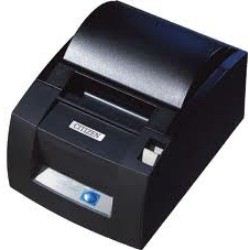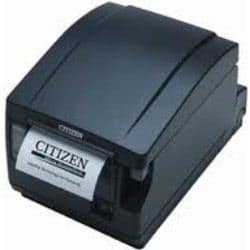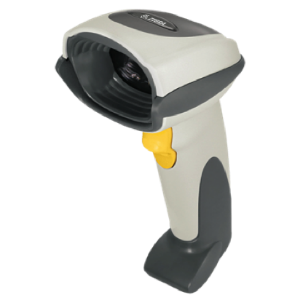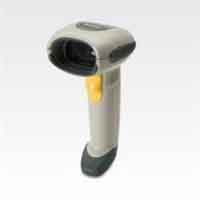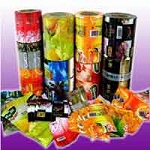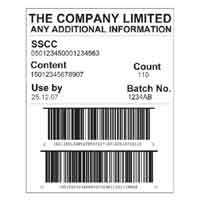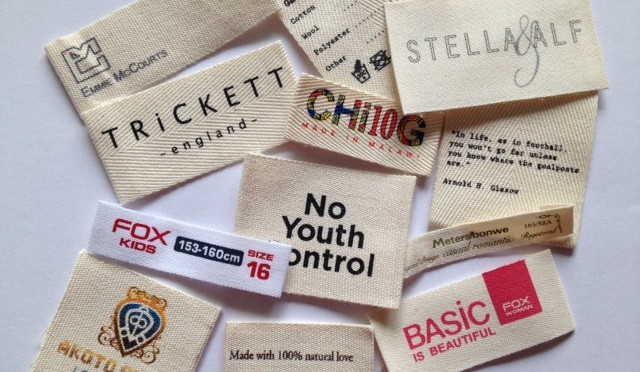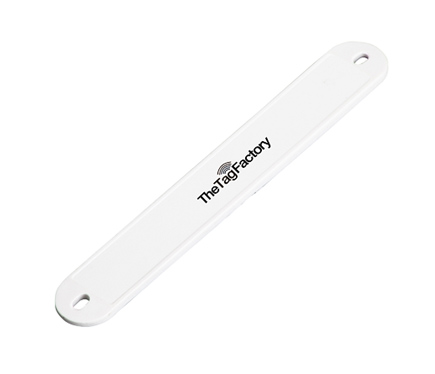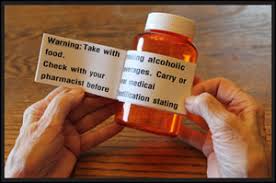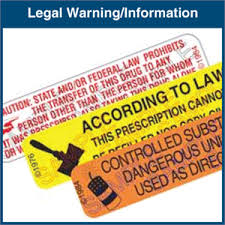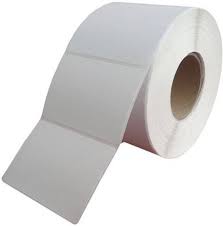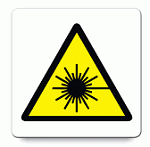Law Tag
Law tags are used in the furniture and bedding industries, required by law to inform the end user of the materials used in manufacturing the product. Indian Barcode Corporation provides a variety of Tyvek material, which is commonly found in most law tags.
The purpose of the law label is to inform the consumer of the hidden contents,or “filling materials” inside bedding & furniture products.The law label was born in the early 1900s to prevent these articles from being further manufactured with contents such as horse hair,corn husks and whatever else a manufacturer could find to use that the consumer would never see.It’s similar to food labeling.
Law Labels must describe the filling materials of the article as a percentage of those filling materials by weight. Example: 80% Polyurethane Foam, 20% Polyester Fibers.
Currently 31 states require law labels. The products requiring law labels in each state varies, as does the labeling requirements. Uniform law labels can be produced to satisfy the different requirements of each state.
Law Labels are also required in most states to display a Uniform Registry Number which identifies the manufacturing facility that produced the products.
Law Labels are governed on a state-by-state basis by various departments. Examples of these departments are:
Department of Health, Weights & Measures
Bureau of Home Furnishings
Dept. of Agriculture
Division of Industrial Compliance.
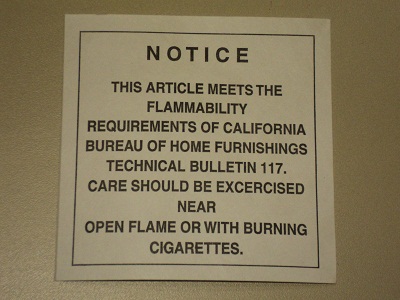
Similar Products
In the pharmacy, your prescription information is printed on a special Printed Pharmacy Labels. It is the same information as the pharmacy’s regular label, but in large print. The pharmacist then attaches the label to your prescription containe
Pharmacy Auxiliary Labels is a label added on to a dispensed medication package by a pharmacist in addition to the usual prescription label. These labels are intended to provide supplementary information regarding safe administration, use, and s
Paper labels can be flood coated or tinted with colors. We Indian Barcode Cooperation (a unit of Mindware) offers a selection of fluorescent paper labels, including gold foil, silver foil, and pastel color sticker paper that you can print on - a
We offer the internet’s largest selection of blank laser labels on sheets. Designed for use in laser printers, our laser labels are the premium solution for those looking to produce a large volume of labels at a high speed. Our laser label shee

